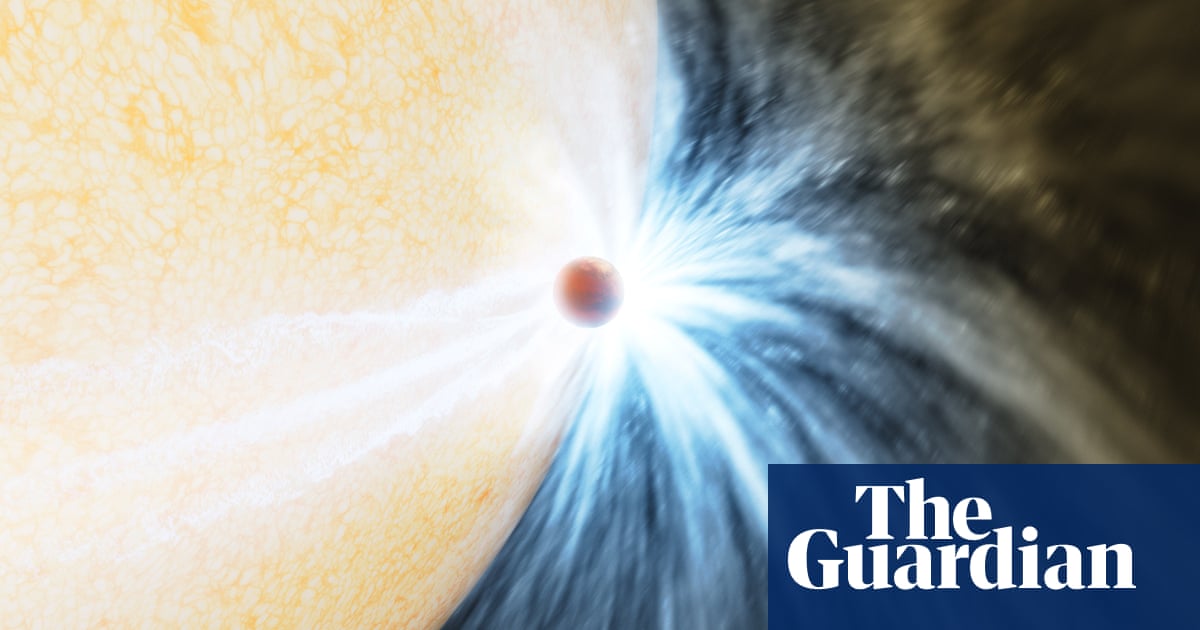
Astronomers have glimpsed what may be a previously unknown planet circling one of the closest stars to Earth.
Researchers spotted the bright dot near Alpha Centauri A, one of a pair of stars that swing around each other so tightly they appear as one in the southern constellation of Centaurus. The stars form what is called a binary system 4.37 light years away, a mere stone’s throw in cosmic terms.
So tentative is the sighting that scientists are referring to it only as a “planet candidate”, aware that the bright speck in the darkness of space may be evidence of alien asteroids, streaks of dust, or more prosaically, an unforeseen glitch in their equipment.
“We detected something,” said Pete Klupar, the chief engineer of the Breakthrough Initiatives, which are a raft of space projects funded by Yuri Milner, an entrepreneur based in Silicon Valley. “It could be an artefact in the machine or it could be a planet, or it could be asteroids or dust.”
The international team observed the star as part of the “New Earths in the Alpha Centauri Region” (Near) experiment backed by Breakthrough Watch, an effort to find and study Earth-sized rocky planets around Alpha Centauri and other nearby stars.
To look for planets around the star, the astronomers used the Very Large Telescope, or VLT, operated by the European Southern Observatory from Cerro Paranal in Chile’s Atacama Desert. The scientists were aided by a new coronagraph on the instrument that blocks out light from Alpha Centauri, making it easier to spot orbiting worlds.
Klupar likens the device to blotting out the sun with a thumb at arm’s reach. The procedure allows for unprecedented sensitivity to directly image planets beyond the solar system. “We’re trying to see a flashlight right next to a lighthouse,” he said.
Writing in Nature Communications, the team describe how infrared observations for 100 hours in May and June 2019 revealed a bright dot they have been unable to explain. If confirmed as a planet by further observations, the sighting would be the first to directly image an exoplanet around a nearby star.
“A lot of people say planets can’t form in this kind of binary and that’s one reason we are cautious about claiming it is actually a planet. But if it is, it would be about the size of Neptune,” he added. The planet would lie in the star’s habitable zone, where temperatures allow liquid water to form, and take about a decade to complete an orbit.
Neptune is about four times the size of Earth and does not have a solid surface. Instead it has an Earth-sized core enveloped by a thick soup of water, ammonia and methane, the latter gas making it blue like Uranus.
Prof Beth Biller, who studies exoplanets at the Institute of Astronomy at Edinburgh University, said the researchers had “an interesting candidate” but were right to be cautious.
“It will require a separate, independent detection to really confirm this one,” she said. “If confirmed, it could be a detection of the dust disc around the star or an actual planet. Both would be very interesting outcomes.”
Klupar said the team wanted to look again later this year to see if the candidate planet had moved to where predictions suggest it should be. But he said fresh observations might not be possible with the coronavirus pandemic still raging.












